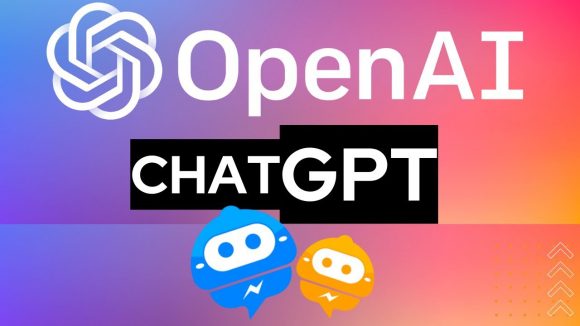What is ChatGPT? What can educators do about cheating?
January 9, 2023
Cheating in the classroom isn’t something new. Students use to think they were clever by replacing their water bottle labels with notes or using the back of their calculator covers to hide formulas. As technology grows, it opens more avenues for students to find ways to cheat. Instead of water bottles, students began to use their smartwatches to display pictures or formulas and to combat this was simple. With each adaptation, teachers would have to modify their classroom structure to address these cheating strategies. A new method of cheating has emerged and ChatGPT has entered the game.
What is ChatGPT?
In a nutshell, it’s a really smart Chat Bot that’s completely free to use. You can ask it to write you an essay on why Math is fun and it will spit out a pretty convincing essay in a few seconds. When I first tried ChatGPT, I felt like there would be no way to determine if a human or artificial intelligence (AI) wrote the essay. ChatGPT is gaining popularity quickly amongst students for this very reason.
What can educators do?
As a former high school mathematics educator, we faced many issues when teaching online due to an app called PhotoMath. Students would take a picture of the problem, and the app would solve it out step by step. My colleagues and I felt completely defeated in determining whether it was the app that was solving these problems or our students. With ChatGPT, many other educators are facing a similar problem.
When I asked ChatGPT, “How do you determine if something was written by a human or AI?” it responded, “The writing style of the author can be determined by looking at the author’s style, which is a mix of objective and subjective. However, the writing is not always subjective, so the style would have to be analyzed.”
This can be extremely difficult if the student started the semester using ChatGPT, so there would be no reference point for the style. When grading student work for math problems, I noticed something was slightly off. The students’ work would show a trivial step or method that was never shown in class but appeared in several students’ work. With ChatGPT, the essays look and feel a little too perfect and very generic, but is that enough to say a student was cheating? Probably not.
So what can we do? Just like we always do, we adapt. When we had our issues with PhotoMath, we began to reflect on the types of questions we were asking our students to do. We decided to give them problems they couldn’t PhotoMath by asking them to explain their work or rationale for each step. This involved more writing and personal thought for the students, which actually developed a deeper understanding. I believe that educators need to rethink their essay prompts to encourage students to add a personal experience or more subjective writing.
In addition to changing your writing prompts, people are developing apps to determine if the text was generated by ChatGPT. According to an article on npr.org, GTPZero is an app that helps determine if the text was generated by ChatGPT; however, it isn’t perfect.
The bottom line is that educators need to start rethinking and adjusting their writing prompts and encourage students to include their thoughts and personal experiences within their writing. For now, ChatGPT is here to stay, and educators once again need to get creative. Now, all we need is an AI to help grade all of these essays!
Want to find out more about ChatGPT and what other Educators are doing about ChatGPT? Check out some of these resources!
What ChatGPT Means for How We Teach Writing
Explainer: What is ChatGPT and why are schools blocking it?
What Will ChatGPT Mean for Teaching?


